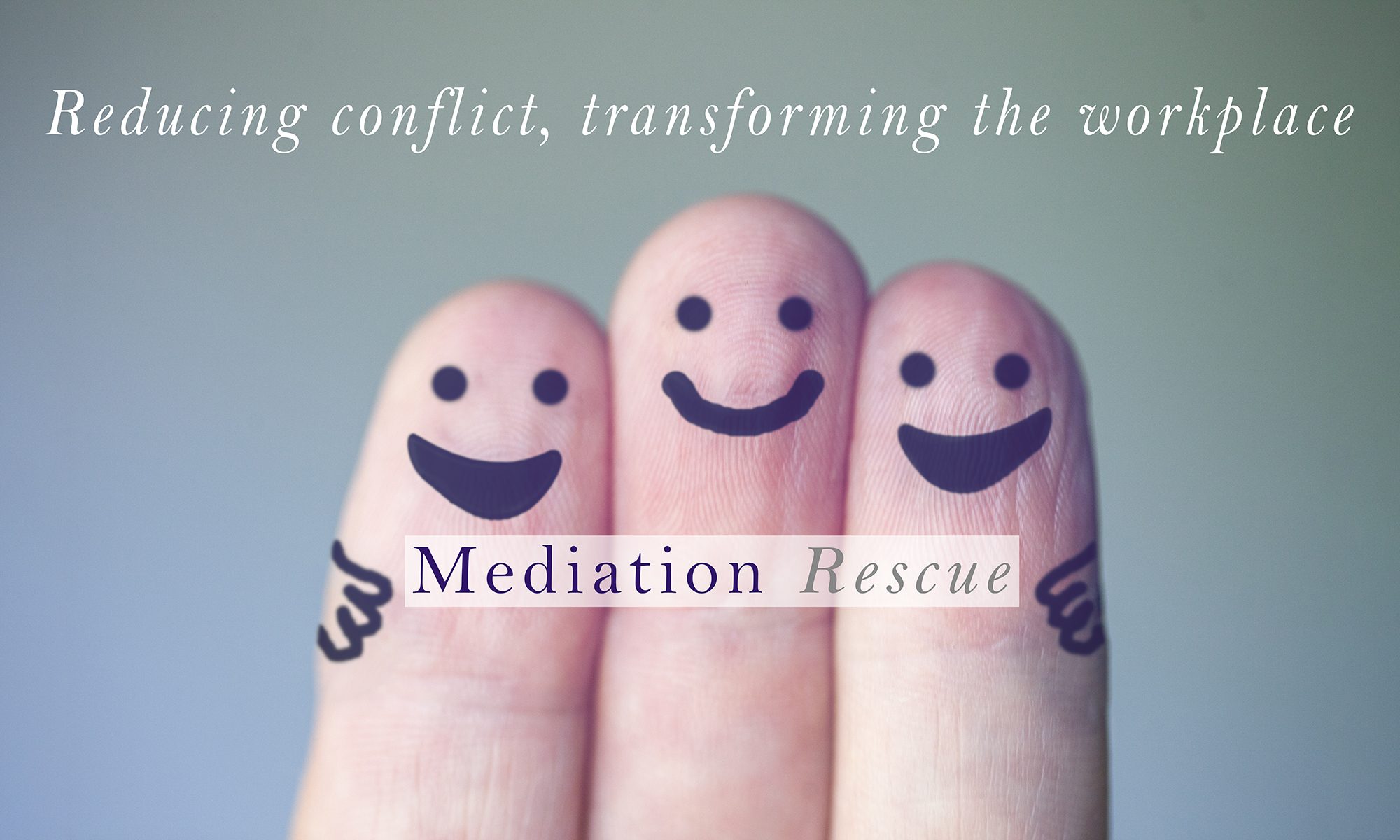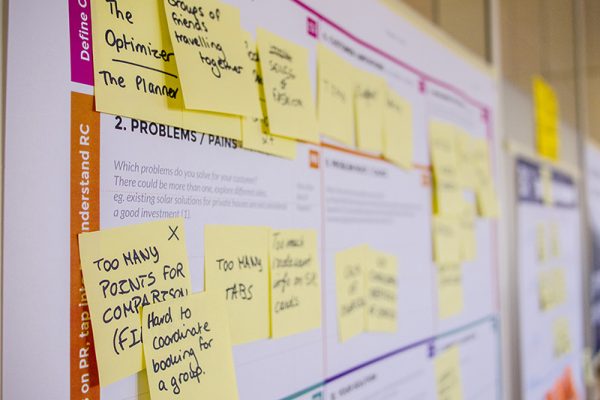We spend our whole lives being confronted by problems that impact upon other people and which need to be solved in some way. These may be in your personal or professional life, they may involve just one other person or they may involve many different groups of people all with conflicting interests and different points of view.
The more difficult and impactful the problem is, the more important and useful it is to find a solution that meets everyone’s interests. Usually, a ‘win/win’ solution of that type does not emerge on its own or from the input from only one party. It will usually require a collaborative and methodical process.
Identifying the issues
Sometimes the hardest part of problem-solving is identifying what the problem really is. It is a critical part of the process to identify the problem, but you need to be aware that different people are very likely to see it differently from the way you see it and they may not even see that there is a problem at all.
People’s ideas of what the problem really is may be influenced very greatly by their own interests and needs, but the identification of the problem needs to be kept separate from the list of issues.
Interests and Needs
Collaborative problem-solving works best when everyone has a good appreciation of their own AND everyone else’s interests and needs.
Attempts to problem-solve will often skip over this vital part of the process.
There is also a risk that parties will not have consciously considered their own interests and needs as well as failing to appreciate those of other parties.
The best solution is the one that satisfies everyone’s interests and needs as fully as possible.
When parties become too attached to a particular solution or type of solution, there is a real risk that some interests and needs will be overlooked or minimised in a way that diminishes the value of the solution or prevents a ‘win/win’ outcome.
This stage is when the parties really need to engage their active listening skills, potentially with the assistance of a mediator or independent facilitator of some sort.
Consider (and if possible, agree) whether the purpose of the problem-solving process is to resolve only a current problem or to resolve potential future problems arising from the same or similar circumstances. Understanding the purpose of the process will be likely to have an impact upon the needs and interests that will need to be identified and considered.
Brainstorming
Encourage everyone involved to brainstorm a list of potential solutions. The scope of potential solutions is limited only by what is practically possible and by the collective imaginations of the parties present.
Encourage people to be creative, to think laterally and even to think the unthinkable. Ask them each to come up with as many different types of solution as they can.
Capture all of the ideas and put them on flipchart or stick them on Post-its on the wall. You may want to revisit some of the more outlandish ideas at some point in the process.
Once you have a list of potential solutions you will need to discuss, evaluate and refine them.
Discussion and Evaluation
Take each potential solution idea and discuss it and evaluate it.
Identify the pros and cons.
Identify which interests and needs it serves and those it does not.
Are there tweaks or changes that could be made to better serve the interests and needs already identified?
Agreement
Out of all of the potential solutions is there one that works best for everyone?
If not, is there a combination of potential solutions that might work better?
If there is no agreement on one solution or a combination of solutions, do any of the previous stages need to be revisited to help to generate more or better potential solutions?
Testing
Even when agreement in principle has been reached, you need to test its effectiveness.
Does the agreement only meet current needs?
What might or will happen in the future which could affect the agreement?
Are there contingencies that need to be factored in?
Enforcement
Does the agreement need to be legally enforceable or is it to be binding ‘in honour only’?
Do the parties need legal advice before finally ‘shaking hands’ on the agreement or signing it off?
Are there any legal formalities that need to be complied with before or after agreement is reached?
What processes can be agreed to deal with any future dispute arising out of the same or similar facts or out of the terms of the agreement that has been reached?
Recording Agreement
Does the agreed solution need to be recorded in some formal way?
Memories can fade and recollections can differ.
Recording an agreement in writing can also be a good way of thinking through the effectiveness of the solution and may throw up further matters that need to be clarified or addressed.
Reflections
Adopting a collaborative approach is more likely to produce a more effective and long-lasting solution.
The solution you agree may bear no resemblance to the perceived ‘rights and wrongs’ of what has preceded the agreement. Future-focused problem-solving can avoid attributing blame and creating conflict.
Collaborative problem-solving is hardly ever a strictly logical or linear process. As noted above, there may be times when the parties need to revisit earlier stages to refine or revise them in order to generate different and hopefully, better potential solutions.

